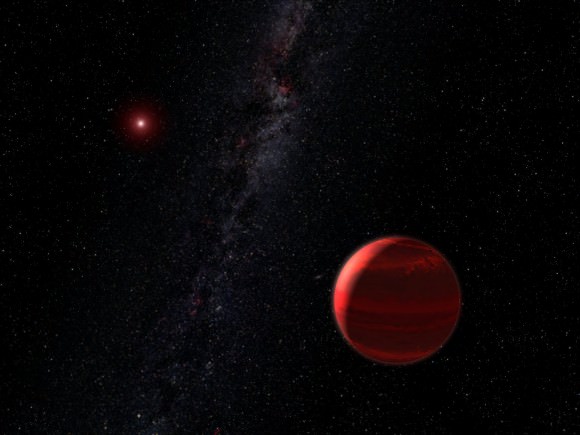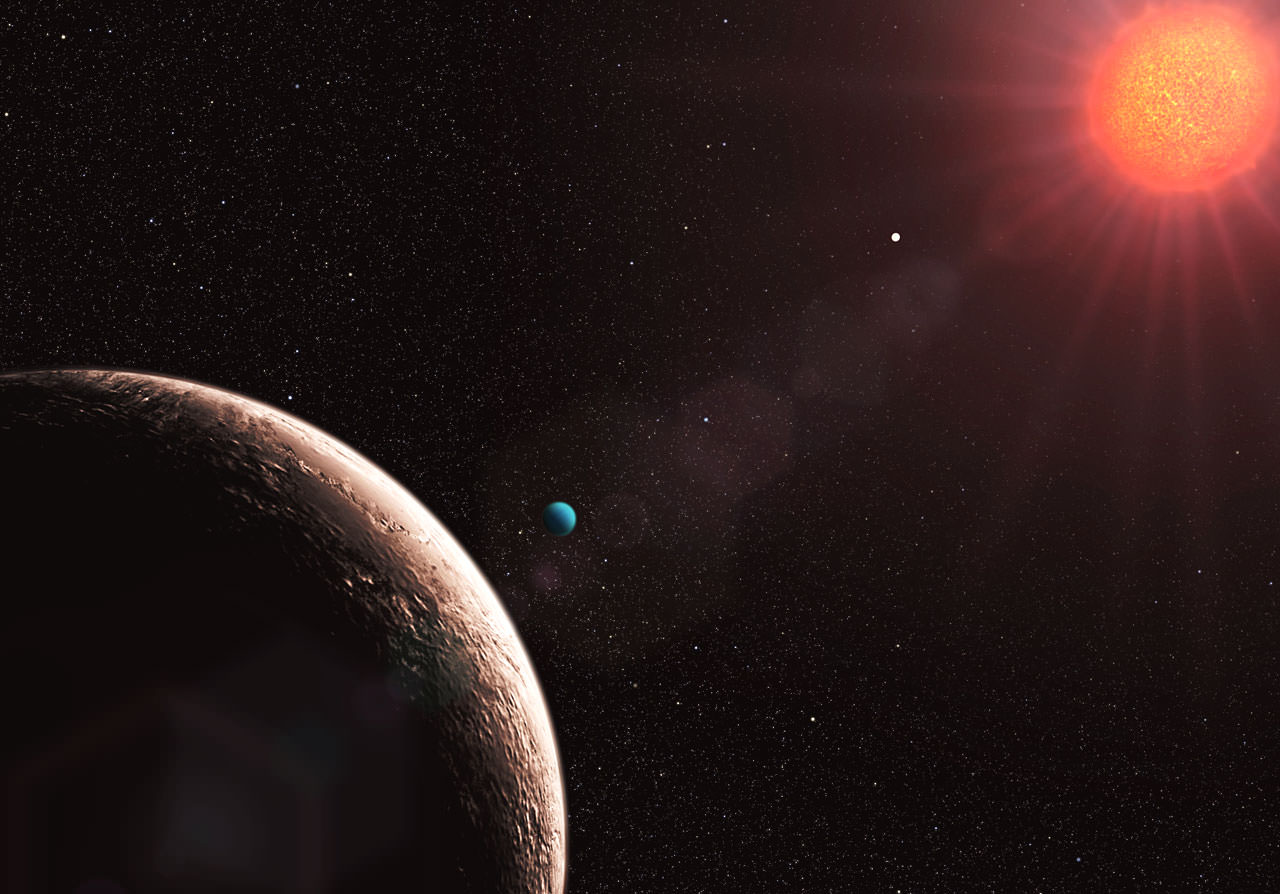One big challenge in astronomy is everything is so darn far away. This makes it hard to see the signs of life in planets, which are usually but tiny dots of light using the telescope technology we have today.
There are signs in Earth’s atmosphere that life is on the surface — methane from microbes, for example — and already scientists have years of research concerning ideas to find “biomarkers” on other planets. A new model focuses on a theoretical Earth-sized planet orbiting a red dwarf star, where it is believed biomarkers would be easier to find because these stars are smaller and fainter than that of the sun.
“We developed computer models of exoplanets which simulate the abundances of different biomarkers and the way they affect the light shining through a planet’s atmosphere,” stated Lee Grenfell, who is with the German Aerospace Center (DLR) institute of planetary science.
Preliminary work has already been done to find chemicals in the planet’s atmosphere (by looking at how they affect light that pass through the chemicals) particularly on large exoplanets that are close to their star (sometimes called “hot Jupiters“). Signs of life would be found through a similar process, but would be much fainter.

The research team constructed a model of a planet similar to Earth, at different orbits and distances from a red dwarf stars. Their work shows a sort of “Goldilocks” effect (or, a condition that is “just right”) to find ozone when the ultraviolet radiation falls into the medium of a given range. If it is too high, the UV heats the middle atmosphere and obliterates the biomarker signal. Too low UV makes the signal very hard to find.
“We find that variations in the UV emissions of red-dwarf stars have a potentially large impact on atmospheric biosignatures in simulations of Earth-like exoplanets. Our work emphasizes the need for future missions to characterise the UV emissions of this type of star,” said Grenfell.
The research has plenty of limitations, he added. We don’t know what alien life would look like, we don’t know if planets near red dwarfs are a good place to search, and even if we found a signal that looked like life, it could have come from another process. Still, Grenfell’s team expects the model is a good basis on which to continue asking the question: is life really out there?
The research has been submitted to the journal Planetary and Space Science.
Source: European Planetary Science Conference

